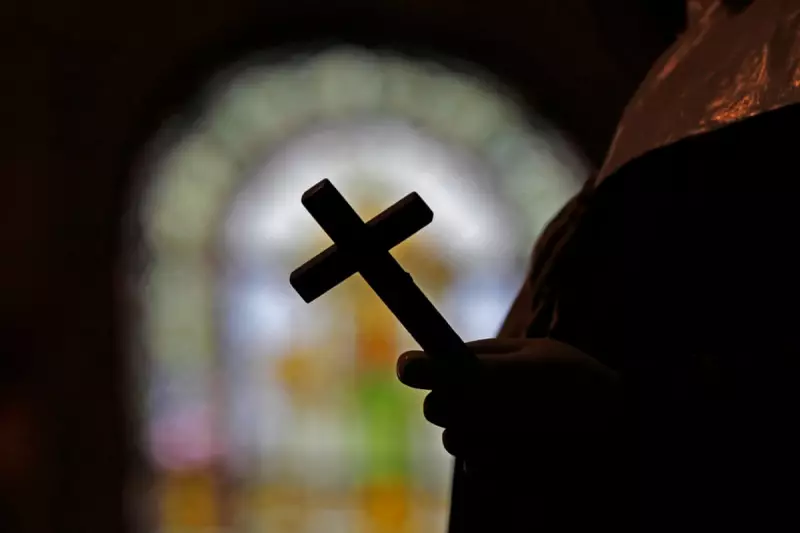
In a dramatic courtroom confrontation that has sent shockwaves through the Catholic community, survivors of sexual abuse directly confronted New Orleans' highest-ranking church official over what they describe as a systematic effort to protect church assets rather than victims.
The emotionally charged hearing saw Archbishop Gregory Aymond face his accusers as the Archdiocese of New Orleans seeks bankruptcy protection amidst mounting sexual abuse claims. Survivors and their legal representatives argue the move represents another chapter in the church's long history of prioritising financial interests over justice for victims.
A Bankruptcy Strategy or a Shield for Assets?
Legal experts following the case suggest the bankruptcy filing represents a strategic manoeuvre that could significantly limit compensation available to abuse survivors. The archdiocese, facing nearly 500 abuse claims, maintains the process will ensure fair compensation for all victims while allowing the church to continue its ministries.
However, victims' attorneys paint a different picture, alleging the church has engaged in suspicious asset transfers worth millions in the years leading up to the bankruptcy declaration. These include the transfer of cemetery ownership to a separate non-profit entity just months before filing for bankruptcy protection.
Survivors Break Decades of Silence
The hearing provided a powerful platform for survivors to share their stories directly with church leadership. One victim, identifying himself as D.B. 36, described the profound impact of abuse suffered at the hands of Father Lawrence Hecker, detailing how the trauma has haunted him for over fifty years.
"I've been running from this since I was 12 years old," the survivor told the court, his voice trembling with emotion. "I'm tired of running."
New Orleans: An Epicentre of the Abuse Crisis
The New Orleans archdiocese represents one of the most significant Catholic communities embroiled in the ongoing global abuse scandal. With nearly 90 clergy members credibly accused of abuse, the case has become a focal point in the wider reckoning over institutional protection of predators within the Catholic Church.
As the bankruptcy proceedings continue, both survivors and church officials await a ruling that could set important precedents for how religious institutions handle abuse compensation claims while maintaining their operational viability.
The outcome of this landmark case is being closely watched by dioceses across the United States, many of which face similar financial pressures from historical abuse claims.





